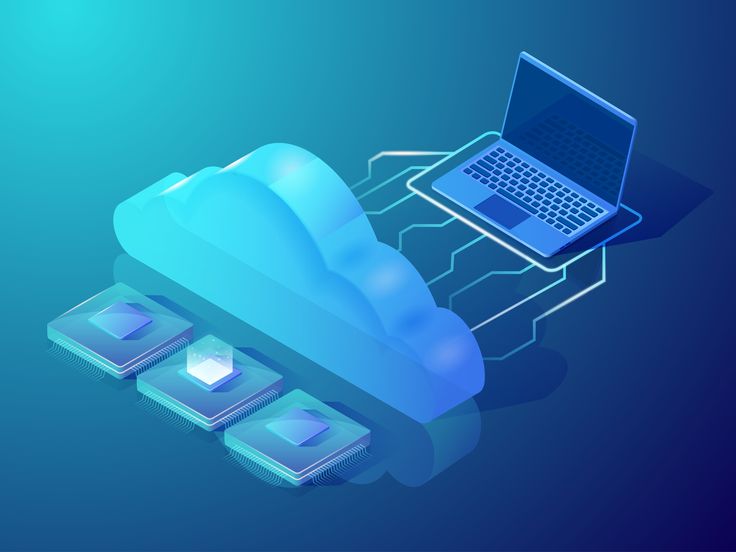Cloud computing has transformed the way businesses and individuals store, manage, and process data. However, as technology evolves, new paradigms are emerging that promise to push beyond traditional cloud models. So, what comes after cloud computing? Let’s explore the future of digital infrastructure and data processing.
1. Edge Computing: Processing Data Closer to the Source
Edge computing is already gaining momentum as an extension of cloud computing. Instead of relying on centralized cloud servers, edge computing processes data closer to where it is generated, reducing latency and improving efficiency.
Key Benefits of Edge Computing:
- Faster real-time data processing
- Reduced network congestion and lower bandwidth costs
- Improved security by keeping sensitive data local
Industries like healthcare, autonomous vehicles, and smart cities are leveraging edge computing to enable real-time decision-making without constant cloud dependence.
2. Fog Computing: Bridging the Gap Between Cloud and Edge
Fog computing acts as an intermediary between cloud and edge computing. It enables data processing at intermediate nodes, reducing the need for centralized cloud data centers while maintaining some cloud-like benefits.
Why Fog Computing Matters:
- Supports large-scale IoT applications
- Enhances data privacy and security
- Reduces latency for mission-critical tasks
Fog computing is particularly useful in sectors such as industrial automation, smart grids, and connected healthcare devices.
3. Quantum Computing: A Paradigm Shift in Processing Power
Quantum computing is set to revolutionize data processing by performing complex calculations at speeds unattainable by classical computers. Unlike traditional binary-based computing, quantum computing uses qubits that can exist in multiple states simultaneously.
Potential Applications of Quantum Computing:
- Drug discovery and genomics
- Cryptography and cybersecurity
- Financial modeling and risk analysis
Although quantum computing is still in its early stages, major tech giants like Google, IBM, and Microsoft are investing heavily in its development.
4. Serverless Computing: The Next Step in Cloud Evolution
Serverless computing, also known as Function-as-a-Service (FaaS), allows developers to run applications without managing server infrastructure. Instead, cloud providers handle resource allocation dynamically.
Advantages of Serverless Computing:
- Cost efficiency (pay only for execution time)
- Automatic scaling and resource allocation
- Simplified development and deployment
Popular serverless platforms include AWS Lambda, Google Cloud Functions, and Azure Functions, enabling developers to focus on coding rather than infrastructure management.
5. AI-Powered Cloud: Intelligent Data Management
Artificial Intelligence (AI) and Machine Learning (ML) are reshaping cloud computing by automating tasks, optimizing performance, and enhancing security.
How AI is Enhancing Cloud Computing:
- Predictive analytics for infrastructure management
- AI-driven cybersecurity for threat detection
- Automated resource scaling and cost optimization
With AI-powered cloud services, businesses can achieve greater efficiency and intelligence in data processing.
6. Decentralized Computing: The Rise of Blockchain and Web3
Decentralized computing challenges the traditional cloud model by distributing processing power across a network of nodes rather than relying on centralized data centers.
Key Innovations in Decentralized Computing:
- Blockchain-based storage solutions
- Web3 applications that remove reliance on centralized authorities
- Secure and transparent data transactions
Platforms like IPFS (InterPlanetary File System) and Ethereum are paving the way for a more decentralized and resilient digital ecosystem.
Conclusion
While cloud computing remains essential, the future lies in more distributed, intelligent, and efficient computing models. Edge and fog computing will reduce latency, quantum computing will unlock new possibilities, and decentralized systems will challenge traditional cloud paradigms. Businesses and tech leaders must stay ahead of these innovations to remain competitive in the evolving digital landscape.

